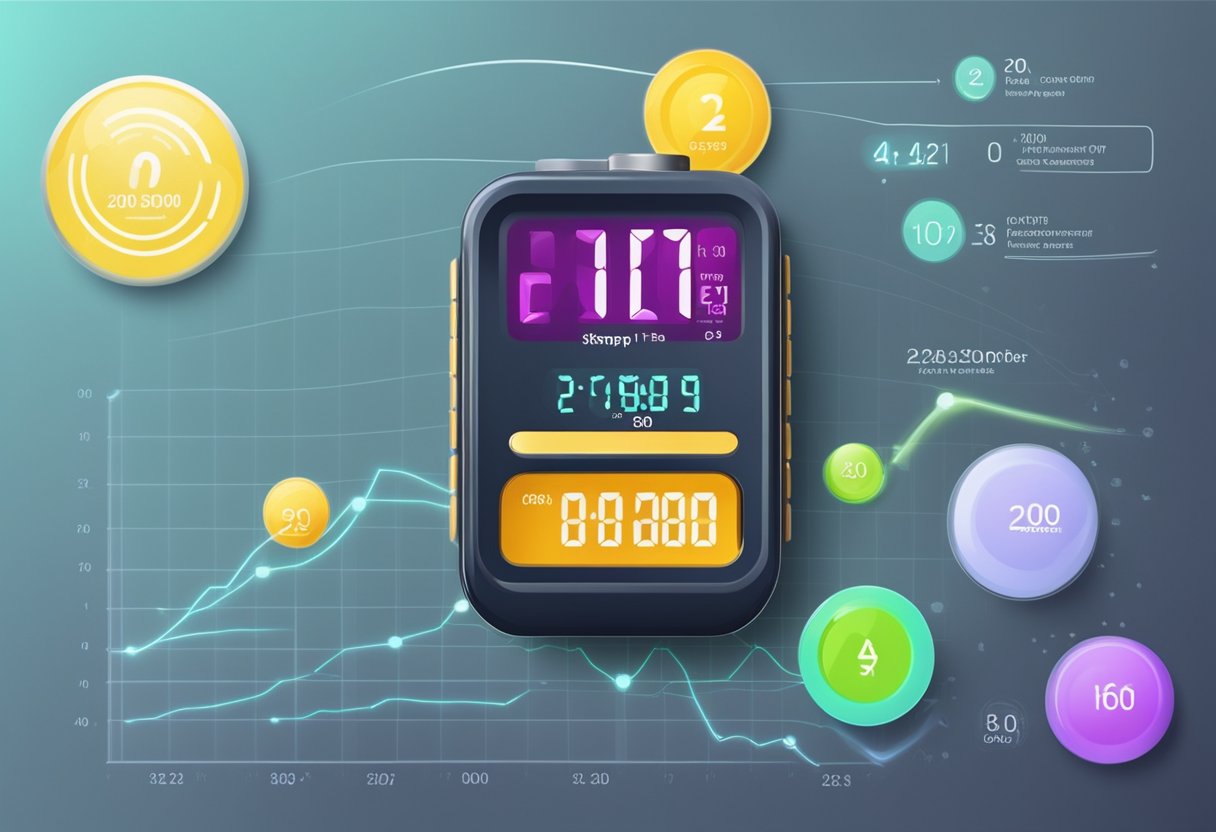Managing Low Blood Pressure with High Pulse: Effective Strategies
Low blood pressure (hypotension) coupled with a high pulse (tachycardia) is a concerning condition that requires immediate attention. This article explores practical strategies and solutions for managing these symptoms effectively.

Understanding the Connection Between Low Blood Pressure and High Pulse
Experiencing low blood pressure (hypotension) along with a high pulse (tachycardia) can be alarming. While these conditions can occur independently, their combination often indicates an underlying health issue. It's essential to understand what causes this pair of symptoms and the steps you can take if you find yourself in this situation.
What Causes Low Blood Pressure and High Pulse?
- Dehydration: Insufficient fluid intake can lead to low blood pressure. In response, your heart rate may increase to maintain blood flow.
- Heart Conditions: Issues such as heart valve problems or arrhythmias can lead to discrepancies in blood pressure and pulse rates.
- Endocrine Disorders: Conditions such as Addison's disease can affect hormone levels, influencing blood pressure and heart rate.
- Blood Loss: Significant loss of blood due to injury or internal bleeding can cause a drop in blood pressure, triggering a higher pulse rate.
Immediate Steps to Take
If you experience low blood pressure and a high pulse, it’s essential to take immediate action:
1. Sit or Lie Down
To prevent fainting and reduce strain on your heart, find a place to sit or lie down. This position allows your body to stabilize your blood flow.
2. Hydration is Key
Drink plenty of fluids, preferably water or electrolyte drinks, to combat dehydration. This can help to raise blood volume, thereby stabilizing blood pressure.
3. Eat Small, Frequent Meals
Large meals can lead to postprandial hypotension (a drop in blood pressure after eating). Eating smaller meals may help maintain more consistent blood pressure and pulse rates.
Long-Term Management Strategies
While immediate steps can help, long-term management is crucial for overall health.
1. Regular Monitoring
Keep a log of your blood pressure readings and pulse rates. This information is vital for your healthcare provider to make informed decisions.
2. Medication Review
If you're taking medications, discuss them with your doctor. Some medications can lower blood pressure or raise heart rate. Adjustments may be necessary.
3. Dietary Adjustments
- Increase Salt Intake: Consult your doctor about increasing your sodium intake, as it can help raise blood pressure.
- Balanced Diet: Incorporate foods rich in potassium and magnesium, which support heart health.
4. Exercise Regularly
Engaging in regular, moderate exercise can improve overall cardiovascular health, which may help stabilize blood pressure and heart rate over time.
5. Manage Stress Levels
High-stress levels can lead to fluctuations in blood pressure and heart rate. Consider relaxation techniques like yoga, meditation, or deep-breathing exercises.
When to Seek Medical Attention
If low blood pressure and high pulse become frequent or intense, it’s crucial to seek medical attention. Signs that warrant a visit to your doctor include:
- Fainting or dizziness
- Chest pain
- Shortness of breath
- Consistent weakness or fatigue
Conclusion
Navigating the challenges of low blood pressure and a high pulse can be daunting, but with the right strategies, you can manage these symptoms effectively. By staying hydrated, eating right, and monitoring your health, you can maintain better cardiovascular wellness.
If symptoms persist, do not hesitate to consult with healthcare professionals who can provide individualized care tailored to your needs.
New posts

Understanding Normal Pulse Rates: What Is a Normal Pulse?
Fitness

Understanding Ruhepuls 60: A Guide to Optimal Heart Rate
Fitness

Understanding Ruhepuls 45: The Ideal Resting Heart Rate for Your Health
Fitness

Understanding Normal Pulse Pressure: What You Need to Know
Lifestyle

Low Blood Pressure and Trembling: Understanding the Connection
Wellness

Understanding Low Blood Pressure at Night: Causes, Symptoms, and Management
Wellness

Understanding Pulsdruck: Key Insights into Your Blood Pressure Dynamics
Wellness

Understanding Why You Might Experience Niedriger Blutdruck
Lifestyle

Navigating Low Blood Pressure and High Pulse: Key Insights
Wellness

Understanding Ruhepuls 40: What It Means for Your Health
Fitness
Popular posts

Understanding Low Blood Pressure and Tiredness: Insights and Solutions
Lifestyle

Understanding Low Blood Pressure with High Pulse Rate
Wellness

Understanding Normal Blood Pressure: A Deep Dive
Wellness

Effective Strategies for Managing Heart Palpitations: What to Do When Experiencing Herzrasen
Lifestyle

Recognizing the Symptoms of High Blood Pressure
Wellness

What to Do When You Have a High Heart Rate
Lifestyle

Understanding Low Blood Pressure: What Does the Lower Value Mean?
Wellness

Understanding Blood Pressure: What Does 110 Over 70 Mean?
Lifestyle

Understanding High Pulse and Low Blood Pressure: Causes and Solutions
Management

Effective Remedies for Low Blood Pressure
Lifestyle